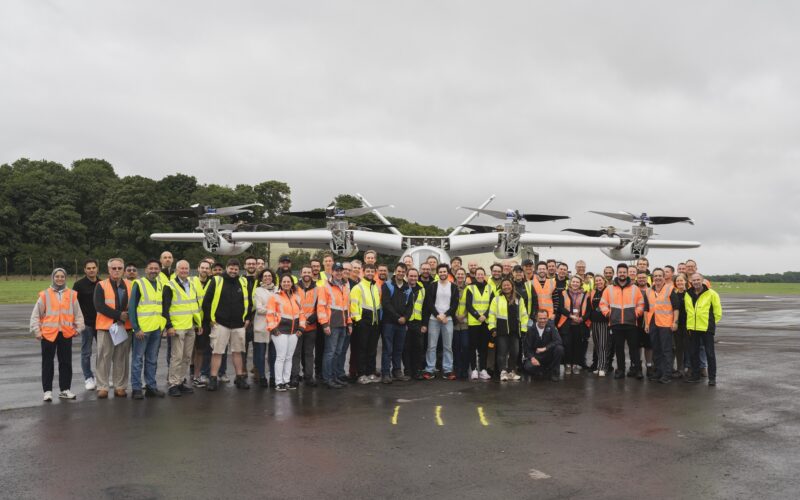For a nation surrounded by water, it’s perhaps no surprise that flight and aviation have become an integral part of British life.
While domestic air travel in the United Kingdom (UK) is just a fraction of that in United States (US), perhaps due to the country’s relatively small size, this hasn’t stopped millions of Brits flying internationally each year.
The UK has a rich and deep history in engineering, invention, and innovation, and in the 18th century it was the epicenter of the Industrial Revolution which dragged the world into the new age of industrialization.
From there production was mechanicalized and the wheels were set in motion for a manufacturing boom which still flourishes today, particularly in the aviation industry.
Some of Britain’s greatest aviation feats include the evolution of the jet engine, the first aircraft with an enclosed cabin, the development of Concorde and the de Havilland Comet – the first commercial jet airliner to enter service.
Despite the plethora of aviation achievements in the UK, there is a sense that nowadays it is not the force it once was, perhaps spurred on by the privatization of British Airways in 1987.
However, scratch below the surface and you will find a thriving aerospace industry led by a set of extraordinary engineers, inventors and highly motivated entrepreneurs.
For there is a quiet revolution taking place, in which the UK may well find itself as one of the global leaders in electric vertical takeoff and landing (eVTOL) aircraft development and infrastructure, and hydrogen-powered flight.
And with the Farnborough Airshow drawing to a close it seemed the perfect time to share some of the key aviation innovators and developers beavering away in the UK and making their presence known.
ZeroAvia
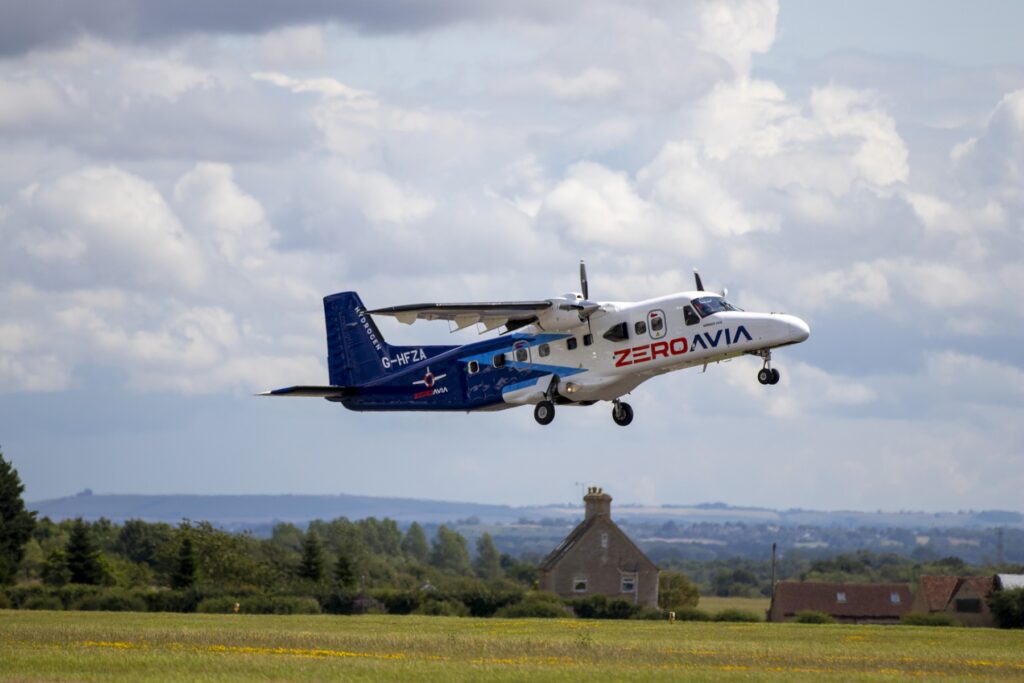
Strictly speaking ZeroAvia is a joint UK/US company but much of the firm’s key testing and development so far has taken place at Cotswold Airport (GBA) in Britain.
The startup is at the forefront of hydrogen-powered aircraft development and its list of partners and collaborators only emphasizes the firm backing that ZeroAvia has.
ZeroAvia has been testing its pioneering hydrogen powertrains on a variety of aircraft since the company’s inception in 2017.
To date its largest hydrogen-powered test aircraft is a Dornier Do228 demonstrator which first took flight on January 19, 2023, but the startup’s ambitions go much, much further.
Currently, ZeroAvia has two propulsion systems under development. The ZA600, which can power an aircraft for up to 19 passengers, and the ZA2000, which will be able to power a turboprop for up to 80 passengers.
In the near future testing will move from ZeroAvia’s UK base to its other research and development center at Paine Field, in Everett, Washington.
The next aircraft lined up for testing is a DeHavilland Canada Dash 8 turboprop, provided by none other than Alaska Airlines which has been a partner with ZeroAvia since 2021.
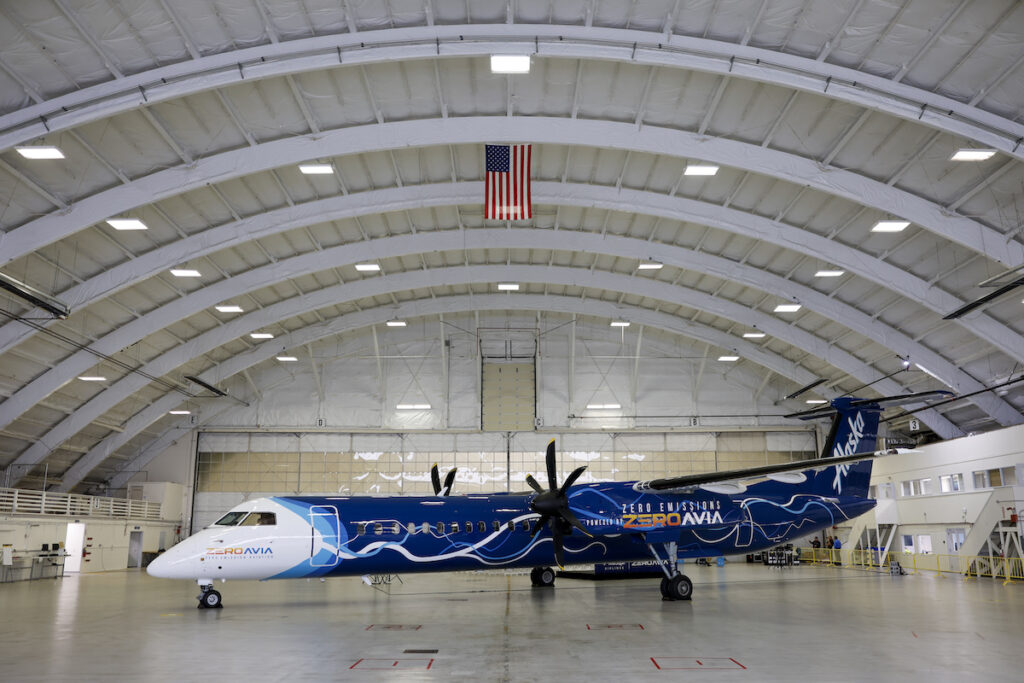
ZeroAvia believes much of its success is down to its presence in the UK, with institutions providing support and a British workforce consisting of “talented aerospace and electrical engineers”.
“ZeroAvia’s UK presence has been a key part of its success thanks to the forward-thinking approach taken by the Aerospace Technology Institute and Department for Business and Trade on hydrogen aviation, specifically the promise of fuel cells,” ZeroAvia told AeroTime recently. “The ATI backed two major projects with match-funding for ZeroAvia and partners, with both resulting in breakthrough world-first flight testing of novel zero-emission powertrains based on fuel cell technology.”
ZeroAero also cited a “rich history of aerospace innovation” in the UK which resulted in an appetite for “big breakthroughs in pursuit of the next great frontier”.
ZeroAvia is not the only company in the UK developing hydrogen fuel for aircraft. Larger firms such as GKN Aerospace and Rolls-Royce are also looking at hydrogen propulsion and easyJet is ensuring the message about new, sustainable fuels is heard.
“There are also airports like AGS, Birmingham and Bristol at the forefront of developing the playbook for hydrogen airports, and there is a thriving renewables sector which is increasingly looking to hydrogen production as a good way to overcome intermittency challenges. So for companies, like us, trying to innovate in hydrogen-electric aviation, it’s an important geography,” ZeroAvia told Aerotime.
For now, ZeroAvia will continue working towards certification from the UK’s Civil Aviation Authority (CAA) with passenger and cargo flights scheduled in the next couple of years.
“We intend to become a major supplier of clean engines to the world’s aviation industry, and thus be instrumental in delivering the clean future of flight,” ZeroAvia said.
Vertical Aerospace
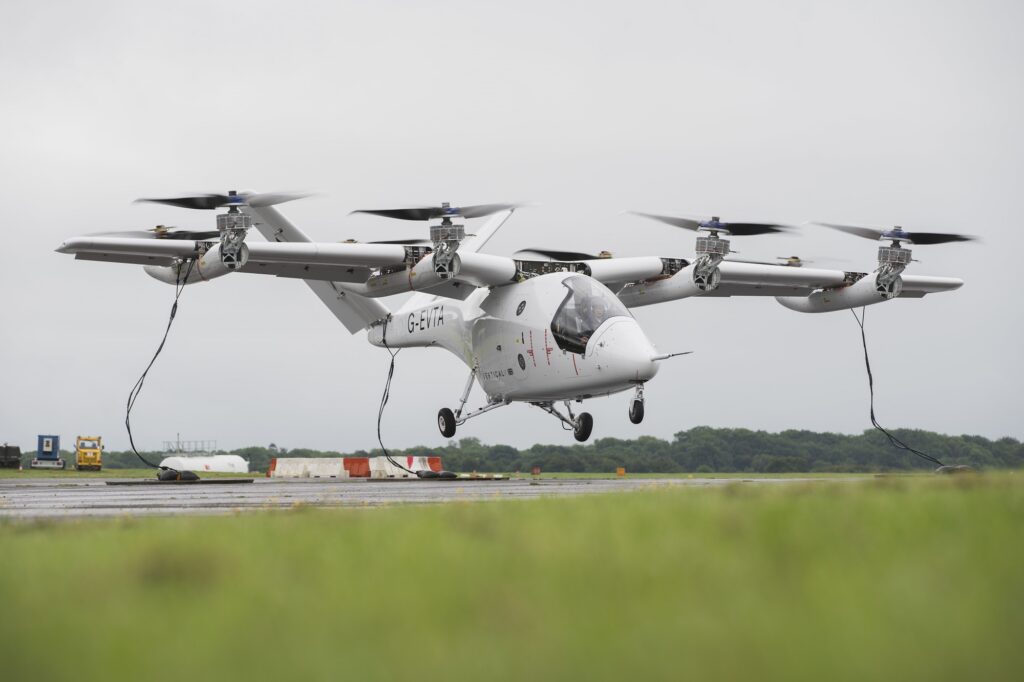
Vertical Aerospace finds itself in one of the most competitive aviation industry fields, Advanced Air Mobility (AAM) or what is perhaps more commonly known as air taxis.
Vertical Aerospace is the brainchild of British entrepreneur Stephen Fitzpatrick, who setup OVO Group in 2009, which is now one of the largest energy companies in the UK.
Born out of a frustration with urban travel and a deep desire to decarbonize air travel using technology, Fitzpatrick decided to launch his own electric vehicle takeoff and landing (eVTOL) development company in 2016.
Fast forward nine years and from its central base in Bristol, Vertical Aerospace has become one of the leading eVTOL aircraft developers not only in the UK but also on the world scene.
“With its rich aviation heritage, being based in the UK puts Vertical at the forefront of aerospace innovation,” Michael Cervenka, Chief Commercial and Technology Officer of Vertical Aerospace told AeroTime. “Nowhere is this truer than in Bristol, where our headquarters is based, which has a thriving aerospace ecosystem and drove forward the last great innovation in aerospace 60 years ago – developing one of two Concordes built in tandem on either side of the Channel.”
Cervenka added: “At Vertical we are building on this heritage and modern ground-breaking engineering. And this pioneering spirit is supported by the UK’s industry-leading regulation that allows us to drive advancements while meeting robust safety requirements. With EASA and the CAA following the same rules that have been transparently developed over more than half a decade it will unlock an enormous global market for our business.”
A full-scale prototype of Vertical’s eVTOL aircraft VX4 was successfully flown during unmanned test flights last year where speeds of 40 kts (74 km/h) were achieved.
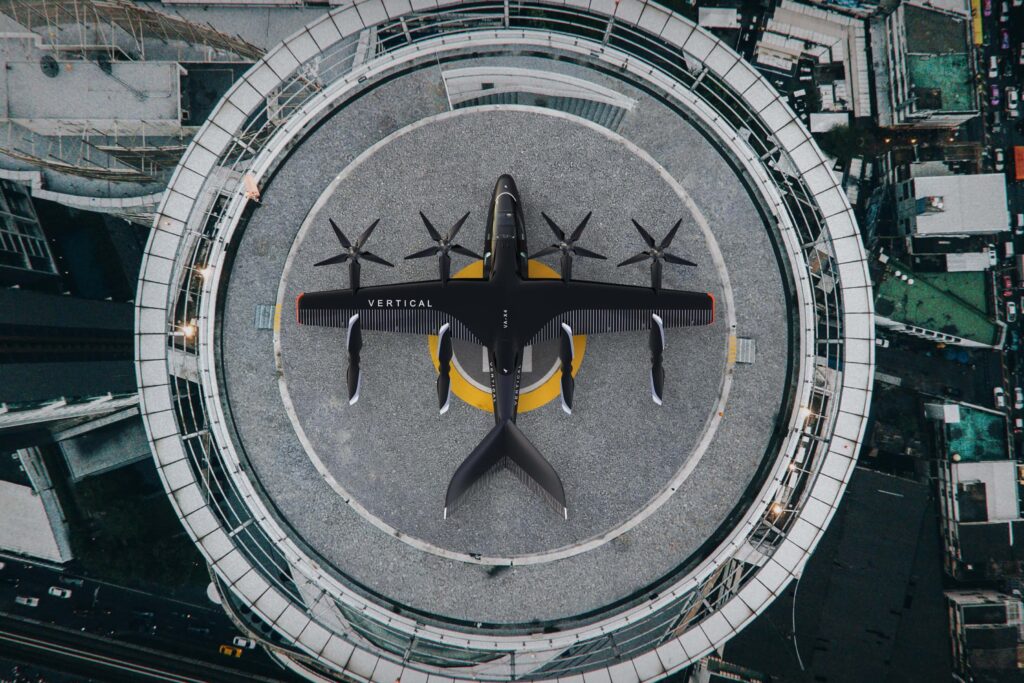
During a slight setback, on August 9, 2023, at Cotswold Airport (GBA) the prototype was involved in a crash, and the incident was subsequently investigated by the Air Accidents Investigation Branch (AAIB).
“Both the AAIB’s and Vertical’s reports concluded that the primary cause of the accident was due to an adhesive bond failure of a propeller blade. Vertical had already redesigned the early generation propeller prior to the accident and is no longer using the same supplier,” Vertical Aerospace confirmed in a statement following the publication of the investigation report.
This year Vertical Aerospace are readying two full-scale VX4 prototypes which will be used in the next round of tests and a public demonstration is scheduled for later in 2024 when the team hopes to continue its progression towards certification.
On June 25, 2024, one of the new full-scale VX4 eVTOL prototypes successfully completed its first tethered piloted flight marking a huge milestone for the company.
“Aerospace is undergoing its biggest revolution since the jet engine era. For too long, short distance travel has been focused on the ground and relied too heavily on fossil fuels. We are meeting market demand for safer, cleaner and quieter travel across many sectors,” Cervenka explained to AeroTime.
Vertical has recorded 1,550 preorders for its VX4 eVTOL aircraft (valued at $6 billion) and has a customer list that includes Virgin Atlantic, American Airlines, Japan Airlines, GOL and Bristow.
“Our powerful and quiet VX4 aircraft will elevate everyday journeys, for everyone – with zero operating emissions. We are not only building the aircraft of the future, but the batteries too, at our Vertical Energy Centre in Bristol. From the aircraft to the batteries powering them, Vertical Aerospace is quite literally propelling the future of aviation,” Cervenka added.
Cranfield Aerospace Solutions
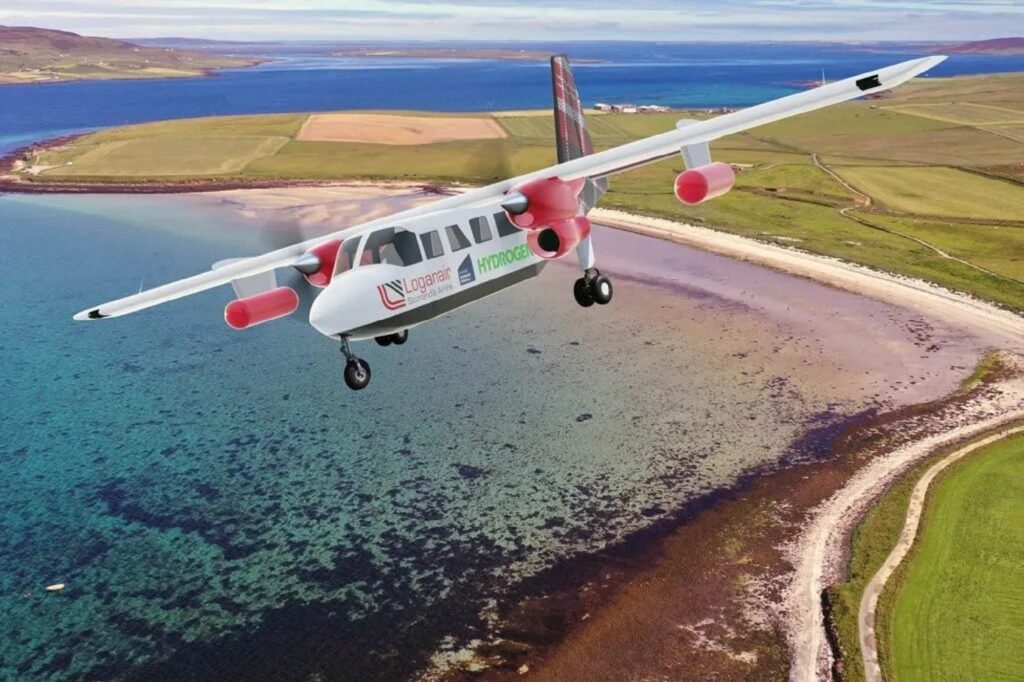
Another aviation company leading the way in the UK is Cranfield Aerospace Solutions (CAeS) which was formally part of Cranfield University until 1997.
CAeS is a leading force in the development of hydrogen-power engines and has ambitions to deliver the world’s first passenger-carrying, zero-emissions aircraft.
CAeS has a 30-year record of “designing and certifying complex modifications to aircraft and delivering cutting-edge products and development solutions for the world’s largest aerospace OEMs”.
Since 2019 the company’s focus has been on ‘Project Fresson’ which aims to convert a conventional Britten-Norman Islander aircraft to hydrogen propulsion.
The British-based innovator is currently developing a proprietary hydrogen fuel-cell propulsion system, or HFCPS, with the first test flights scheduled for 2025 and certification hopefully in 2026.
According to CAeS, a demonstrator aircraft will be “converted by replacing one of its two piston engines with the HFCPS, which will generate 240 kW of electrical power and produce up to 220 kW from the motor”.
If the test flights are successful and the system is certified, then planes can be fitted with HFCPS for clean, efficient flight.
In January 2024, British regional airline Loganair and CAeS signed a Memorandum of Understanding (MOU) to launch the world’s first zero emissions passenger air service by 2027 using a hydrogen-electric Britten-Norman Islander plane.
CAeS is also working in partnership with the long-range cargo drone developer Dronamics which aims to use the HFCPS on its Black Swan fleet when the company launches in Greece.
Agreements for the HFCPS have also been reached with companies in the UK, Germany, Australia and the US.
In December 2022, Air New Zealand also announced CAeS as its sole hydrogen-powered aircraft partner for its ‘Mission Next Gen Aircraft’, the flag carrier’s ambitious zero emissions aircraft program.
Hybrid Air Vehicles
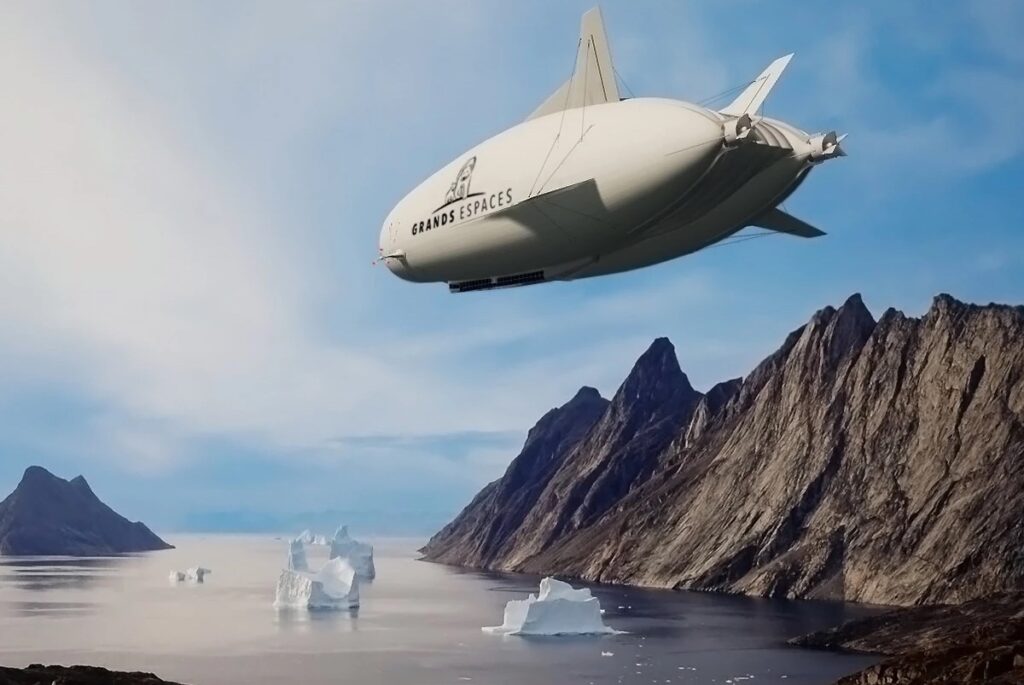
At first look Hybrid Air Vehicles’ Airlander 10, a new type of ultra-low emissions aircraft that resembles an airship, looks like an ambitious idea but when you understand the concept it is actually an extremely plausible plan.
Recognized in May 2024, by the UK Innovation Industries Intelligence Report, the Airlander aircraft was selected as one of the UK’s leading innovations within aviation and aerospace.
According to Hybrid Air Vehicles, Airliner 10 will be able to carry 100 passengers, or 10 tons of freight payload, or a combination of both, with up to 90% fewer emissions when compared like-for-like with similar aircraft”.
Capable of hovering over land and sea, the aircraft can take off and land with limited infrastructure and is seen as a more efficient and cost-effective way of transporting people and goods from one city to another.
Agreements for the aircraft have already been reached with French tour operator Grands Espaces, Spanish regional airline Air Nostrum and the Highlands and Islands Transport Partnership.
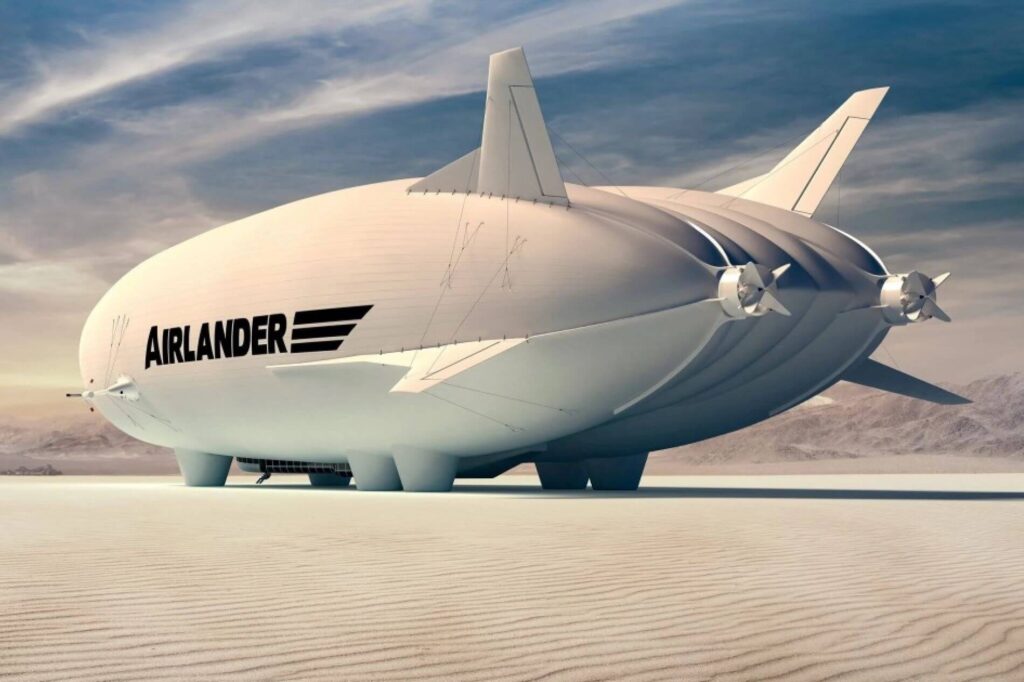
The Airlander 10 relies on a combination of proven aerospace technologies such as traditional cylindrical airships and helium for lift.
However, it also draws on modern aviation developments that are found in planes, helicopters, or vertical takeoff and landing (VTOL) aircraft.
“This allows for the aircraft to have vectored thrust for lift and control, composite rigid structural materials, electronically controlled engines, and sophisticated avionics,” Hybrid Air Vehicles said.
Throughout 2024, Hybrid Air Vehicles has announced significant progress toward the full-scale production and market-entry of Airlander 10 by the end of the decade.
In February 2024, Hybrid Air Vehicles announced that Type Certification had begun with the UK’s Civil Aviation Authority (CAA) and a flagship production site will be built at Carcroft Common, in South Yorkshire.
The company also plans to build the Airlander 50, which will carry up to 200 passengers, in the not-too-distant future.

